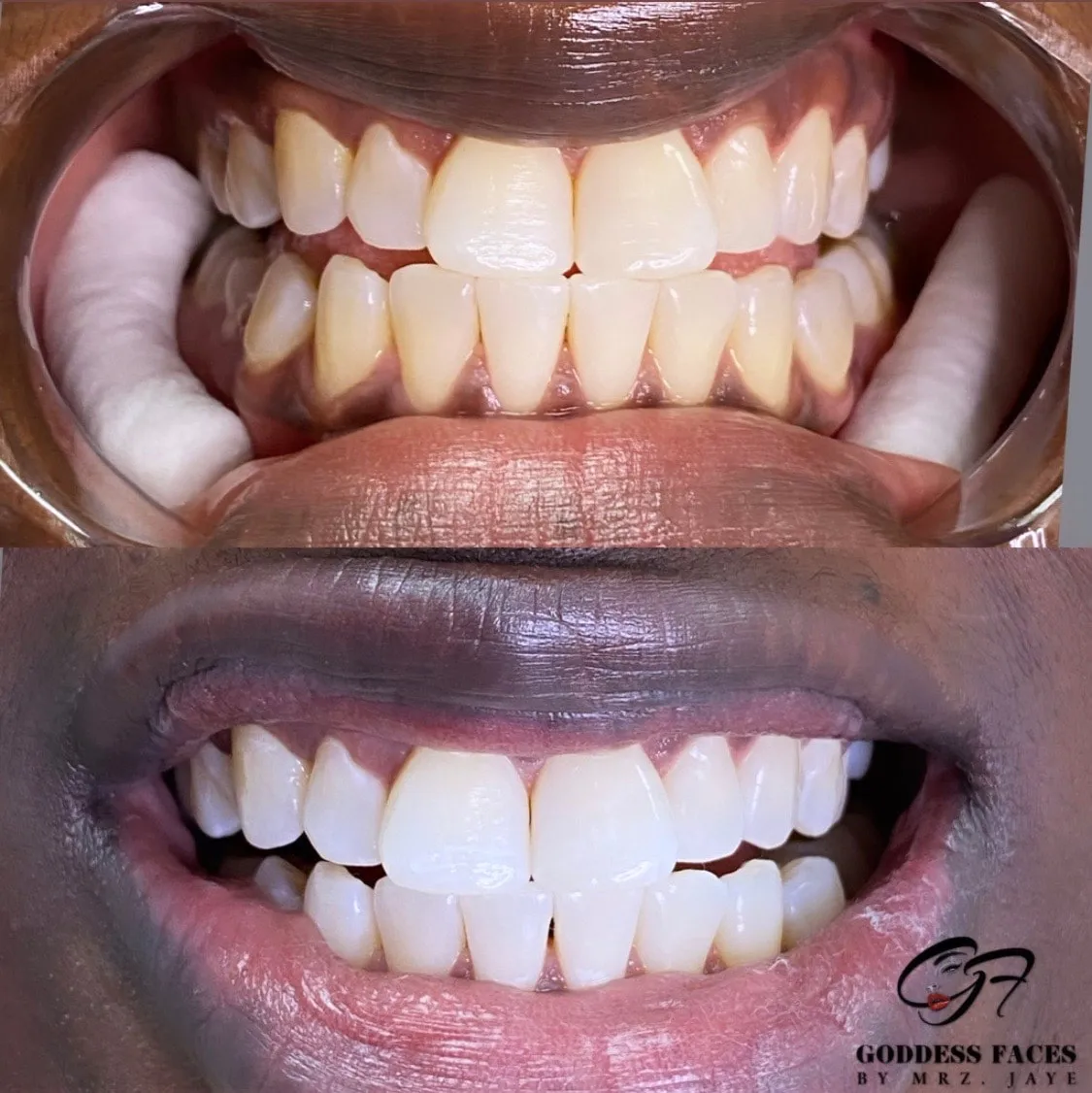7 Proven Secrets for Teeth Whitening Technicians
Becoming a successful teeth whitening technician involves more than just applying a bleaching agent. It requires a blend of technical skill, patient interaction, and a keen understanding of the latest industry trends. This article unveils seven proven secrets that will elevate your practice, enhance patient satisfaction, and boost your career in the dynamic field of cosmetic dentistry. Each secret offers actionable insights and practical advice, ensuring you are well-equipped to deliver exceptional results and build a thriving practice. Embracing these strategies will not only improve the aesthetic outcomes for your clients but also foster a loyal patient base that trusts your expertise. Let’s delve into the essential elements that separate good technicians from great ones in the world of teeth whitening.
Secret 1 Understanding Client Needs
Before any whitening treatment, it is critical to understand the client’s individual needs and expectations. This involves a thorough assessment of their oral health, a discussion of their desired outcomes, and a realistic explanation of what is achievable. Effective communication builds trust and ensures that patients are fully informed and comfortable throughout the process. This preliminary step is essential for setting the stage for a successful treatment and maintaining a positive patient-technician relationship. Taking the time to listen and understand a patient’s goals helps to tailor the treatment to their specific requirements and prevents potential misunderstandings later on.
Assessing the Patient’s Oral Health

A comprehensive oral health assessment is the foundation of safe and effective teeth whitening. This involves examining the teeth and gums for any signs of decay, gum disease, or other underlying issues that could impact the whitening process. It’s important to check for existing dental work, such as fillings or crowns, as these will not whiten with the bleaching agent. Pre-existing conditions like cavities or gum recession must be addressed before proceeding with whitening. A detailed evaluation helps identify any potential risks and ensures that the whitening treatment is appropriate and safe for the patient. This assessment typically includes reviewing the patient’s medical history and conducting a clinical examination using appropriate dental tools (Image: teeth-whitening-technician-assessment.webp).
Discussing Realistic Expectations
Managing patient expectations is as crucial as the whitening procedure itself. Technicians should clearly explain the potential outcomes of teeth whitening, emphasizing that results can vary depending on the initial tooth shade, the type of staining, and the chosen treatment. Patients should be informed about the limitations of the treatment and the possibility of achieving only a certain degree of whitening. It’s important to use visual aids, such as shade guides and before-and-after photos, to illustrate possible results. Setting realistic expectations helps avoid disappointment and ensures that patients are satisfied with the final outcome. Transparency in this phase builds trust and prepares patients for the process, encouraging their satisfaction with the overall experience.
Secret 2 Mastering Whitening Techniques
Proficiency in various teeth whitening techniques is a hallmark of a skilled technician. This includes the ability to perform both in-office and at-home whitening procedures with precision and care. Understanding the different types of whitening agents, their concentrations, and the application methods is essential. The goal is to deliver the best possible results while minimizing any potential side effects. Hands-on practice, combined with a thorough understanding of the chemistry and mechanics of the whitening process, ensures consistent and effective outcomes. Advanced techniques also include managing different types of stains and ensuring the client’s comfort throughout the procedure. (Image: professional-teeth-whitening.webp)
Professional Whitening Methods
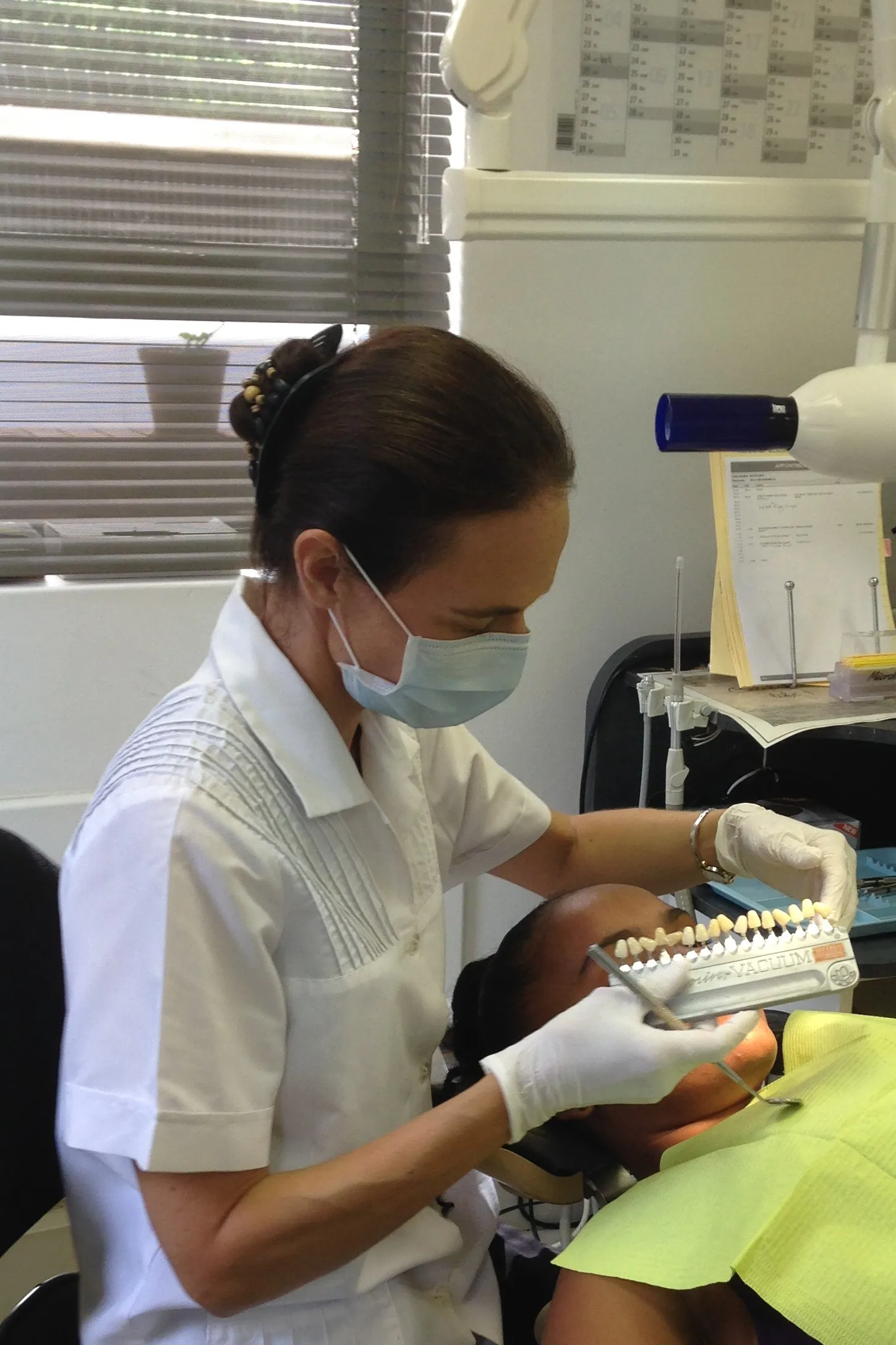
In-office whitening involves the use of high-concentration bleaching agents, typically applied under the supervision of a dentist or a trained technician. The process often involves isolating the teeth, protecting the gums, and applying the whitening agent, which is then activated with a special light or laser. The benefits of professional whitening include faster results, the ability to control the whitening process, and immediate aesthetic improvement. Technicians must be adept at following safety protocols to protect the patient’s soft tissues and minimize the risk of sensitivity. It’s vital to be skilled in applying the agents evenly and monitoring the treatment to avoid over-whitening or adverse reactions. This method is often preferred for its efficiency and the ability to achieve dramatic results in a single session.
At-Home Whitening Options
At-home whitening kits offer a convenient and cost-effective alternative for clients. These kits typically include custom-fitted trays or pre-filled strips containing a lower concentration of bleaching agent. As a technician, it is essential to guide patients on the correct use of these at-home products, including the application duration, frequency, and potential side effects. Educate patients on the importance of following instructions carefully to avoid complications like gum irritation or uneven whitening. Providing personalized recommendations based on their oral health and lifestyle preferences ensures optimal outcomes with at-home treatments. Emphasizing proper maintenance and setting realistic expectations helps patients achieve the desired results while protecting their oral health (Image: teeth-whitening-smile.webp).
Secret 3 Choosing the Right Products
The selection of appropriate whitening products is fundamental to successful teeth whitening. Technicians need to stay informed about the different bleaching agents available, including hydrogen peroxide and carbamide peroxide, and their respective concentrations. The choice of product should be based on the patient’s needs, the desired level of whitening, and any known sensitivities. It’s also important to consider the product’s safety profile and any potential side effects. Staying current with product innovations and the latest research ensures that you are offering the most effective and safest treatments. Being knowledgeable about the different brands and formulations allows you to tailor the treatment to each client’s specific requirements, optimizing both effectiveness and safety.
Selecting Effective Whitening Agents
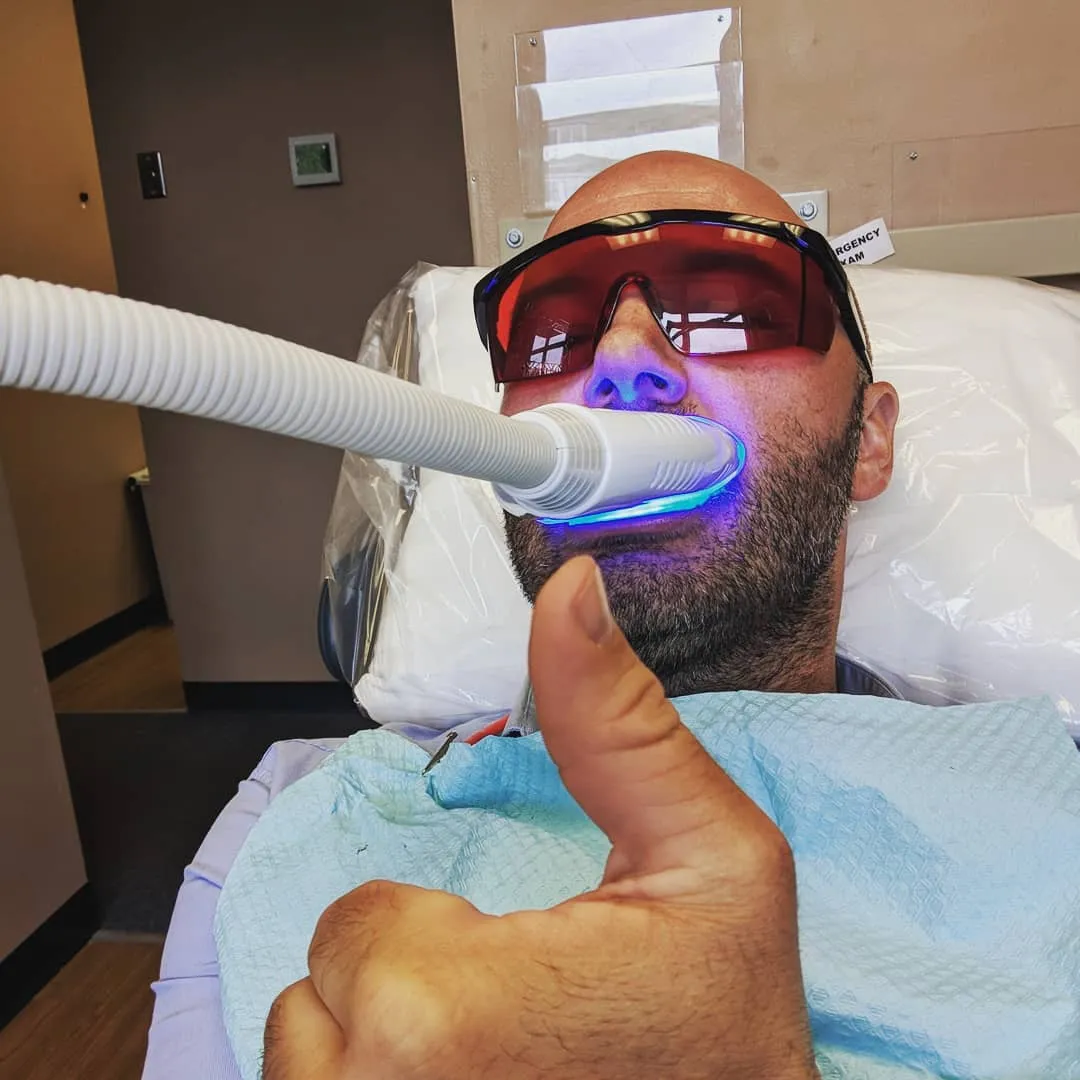
Effective whitening agents are crucial for achieving optimal results. The most common agents include hydrogen peroxide and carbamide peroxide, each available in varying concentrations. Hydrogen peroxide is a stronger agent, often used in professional treatments, while carbamide peroxide is used in lower concentrations for at-home kits. Technicians must understand the differences in these agents’ mechanisms and the potential impact of different concentrations on tooth sensitivity and overall effectiveness. Choose agents that are proven safe and effective for use on teeth, and be familiar with the guidelines for each product. Considering the patient’s specific needs and dental health allows the technician to choose the most appropriate whitening agent, maximizing results while minimizing potential risks. (Image: teeth-whitening-products.webp)
Considering Client Sensitivity
Client sensitivity is a common side effect of teeth whitening. Technicians must be proactive in addressing and managing this issue. This includes using desensitizing agents, such as fluoride treatments or potassium nitrate, before, during, and after the whitening procedure. Careful product selection, with an emphasis on lower concentrations when necessary, can also reduce sensitivity. It’s important to advise patients on ways to manage sensitivity at home, such as avoiding hot or cold foods and using a desensitizing toothpaste. Proper management of sensitivity is crucial for patient comfort and satisfaction. Offering detailed instructions and providing support during the treatment helps clients handle any discomfort and ensures a positive experience.
Secret 4 Ensuring Patient Comfort
Patient comfort is paramount throughout the whitening process. Creating a relaxing environment, providing clear explanations of each step, and being attentive to the patient’s needs are vital. It’s important to monitor patients for signs of discomfort and to take immediate steps to alleviate it. The technician’s communication skills play a crucial role in easing anxiety and building trust. Offering breaks, using comfortable positioning, and providing entertainment options can also improve the patient experience. A comfortable patient is more likely to have a positive perception of the treatment and to return for future procedures. By prioritizing patient comfort, technicians not only improve the overall experience but also enhance the quality of the treatment and patient satisfaction.
Managing Sensitivity During Treatment

Managing tooth sensitivity during treatment requires a proactive approach. Apply desensitizing agents like fluoride or potassium nitrate, which can be applied before or during the whitening session to help reduce sensitivity. Offer patients a mouth rinse that can help soothe irritated tissues, and adjust the treatment protocol as needed, perhaps reducing the application time or the concentration of the whitening agent. Communicate with patients throughout the procedure, asking about their comfort level and providing reassurance. Make sure to address any discomfort promptly, and if necessary, pause the treatment until the sensitivity subsides. Providing a comfortable experience is key to encouraging patient cooperation and satisfaction. This step involves clear communication and a willingness to adjust the procedure as needed to accommodate the patient’s needs. (Image: patient-comfort-during-whitening.webp)
Providing Reassurance and Support
Providing reassurance and support throughout the treatment is a crucial aspect of ensuring patient comfort. Acknowledge any discomfort the patient expresses and offer solutions to alleviate it. Maintain a calm, reassuring demeanor, and be prepared to answer any questions patiently. Explain each step clearly, and inform the patient what they can expect. Encourage patients to communicate any concerns they have, and always provide immediate feedback and support. Build a relationship with the patient so they trust your expertise. Support and encouragement make the process less stressful and improve the overall patient experience, helping to build a positive and trusting relationship. This ensures that patients feel supported and cared for throughout the process.
Secret 5 Promoting Proper Aftercare
Post-whitening aftercare is critical for maintaining the results and preventing complications. Technicians should provide detailed instructions to their patients regarding the recommended diet, oral hygiene practices, and any potential side effects. Patients should be advised to avoid foods and drinks that can stain the teeth, such as coffee, tea, and red wine, for at least the first few days. Emphasize the importance of using a soft-bristled toothbrush, avoiding smoking, and scheduling regular dental check-ups to monitor their oral health and help maintain the results. Following these recommendations helps prolong the whitening effects and safeguards the patient’s overall dental health, promoting long-term satisfaction. Providing clear and easy-to-follow aftercare instructions sets your practice apart and reinforces client confidence in your expertise.
Post-Whitening Instructions
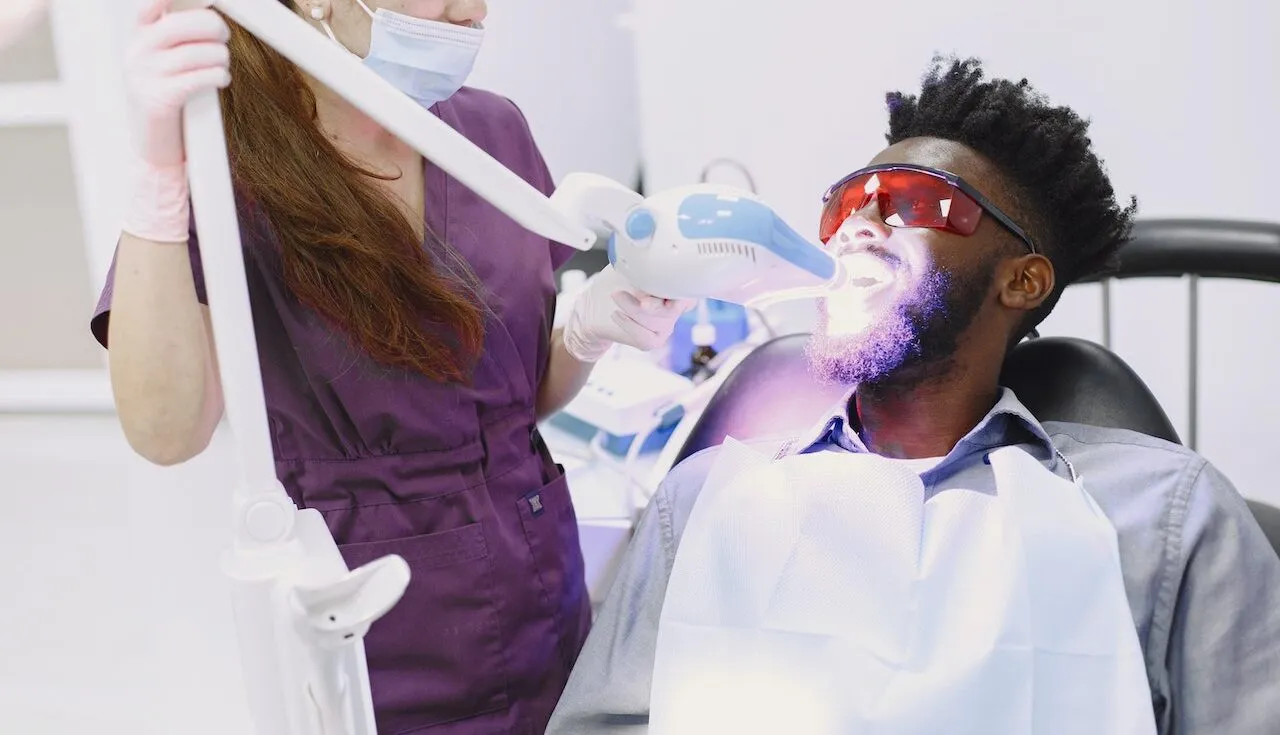
Detailed post-whitening instructions are essential for optimizing and maintaining the whitening results. Patients should be given a comprehensive guide that outlines what to do and what to avoid following the procedure. Instructions should include the use of a gentle toothbrush and the avoidance of abrasive toothpaste. Advise them to steer clear of heavily pigmented foods and beverages that can stain the teeth. Include recommendations for using desensitizing toothpaste if sensitivity occurs. Provide a list of foods and drinks they should avoid, such as coffee, tea, red wine, and dark berries. These instructions will help minimize the risk of staining. Providing written instructions along with verbal explanations ensures that patients fully understand the aftercare protocol and helps them follow it effectively. By providing clear instructions, you empower your patients to take control of the longevity of their whitening results.
Maintaining Results
Maintaining teeth whitening results requires a multifaceted approach. Encourage patients to follow a consistent oral hygiene routine, including brushing twice a day and flossing daily, to prevent staining and maintain the whiteness. Recommend regular touch-up treatments as needed to maintain the desired shade. Suggest the use of whitening toothpaste to help maintain the results over time. In addition, it’s crucial to address any underlying causes of discoloration, such as smoking or excessive consumption of staining foods and drinks. Remind patients about the importance of regular dental check-ups to monitor their oral health and ensure that the teeth remain healthy. By emphasizing these maintenance practices, you can help patients enjoy a bright smile and prevent premature fading of the results. Consistent maintenance enhances the longevity of their treatment, increasing overall client satisfaction.
Secret 6 Staying Updated with Trends
The field of teeth whitening is constantly evolving. Staying current with the latest trends, techniques, and technologies is crucial for delivering superior results and maintaining a competitive edge. This involves continuous learning through dental conferences, workshops, and professional journals. Learning about new products, equipment, and advancements in the field helps you provide the best possible care to your patients. Staying informed about industry standards ensures that your practice adheres to the highest ethical and safety guidelines. Actively seeking out continuing education opportunities and staying updated with the newest protocols will improve the quality of your services and client satisfaction. A commitment to ongoing education is a sign of a dedicated and knowledgeable professional. (Image: continuing-dental-education.webp)
Continuous Learning and Education
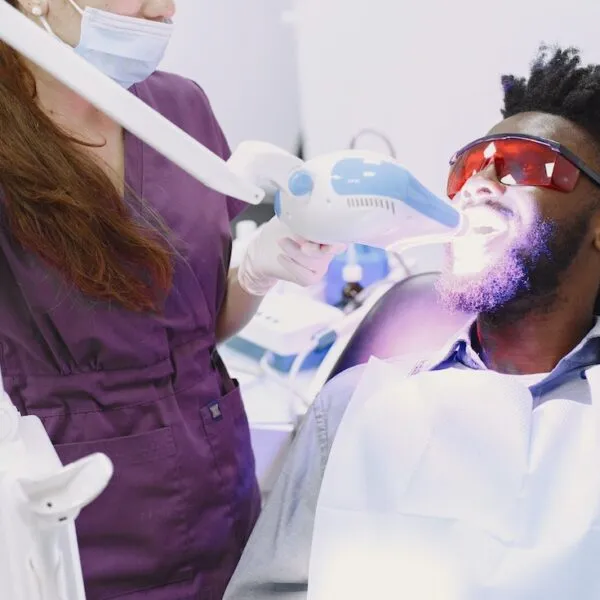
Continuous learning and education are essential for staying at the forefront of the teeth whitening industry. Attend dental conferences, seminars, and workshops to learn about the latest advancements in techniques and products. Consider obtaining additional certifications or specializations to enhance your skills and knowledge. Stay updated with the newest research and clinical trials related to teeth whitening. Join professional organizations to network with other technicians and share best practices. Regularly review professional journals and publications to keep abreast of new developments and trends. A commitment to lifelong learning not only enhances your professional expertise but also boosts your confidence, allowing you to provide better care and achieve better results for your patients.
Following Industry Developments
Keeping up with the latest industry developments is essential for providing superior patient care and maintaining a competitive edge. Stay informed about new technologies, such as laser whitening systems and innovative bleaching agents. Follow reputable dental journals and publications to keep track of the latest research and best practices. Monitor industry trends regarding patient preferences and cosmetic dentistry advancements. Stay informed on regulatory changes and guidelines to ensure your practice remains compliant. By actively following industry developments, you can adapt your approach to incorporate the most effective and up-to-date techniques, enhance patient outcomes, and build a reputation for excellence in teeth whitening. Actively monitor industry updates to ensure your practice remains compliant.
Secret 7 Building a Successful Practice
Building a successful teeth whitening practice requires more than just technical skills; it involves effective marketing, excellent customer service, and a commitment to building long-term relationships with your patients. Implement a marketing strategy that highlights your expertise and the benefits of your services. Creating a welcoming and professional environment is also vital. Actively seek feedback from your patients to improve your services and maintain high levels of satisfaction. Provide exceptional customer service and go above and beyond to meet your patient’s needs. A successful practice is built on trust, reliability, and a dedication to providing the best possible care. This approach not only attracts new patients but also ensures a loyal client base that values your expertise. (Image: successful-teeth-whitening-practice.webp)
Marketing and Client Retention
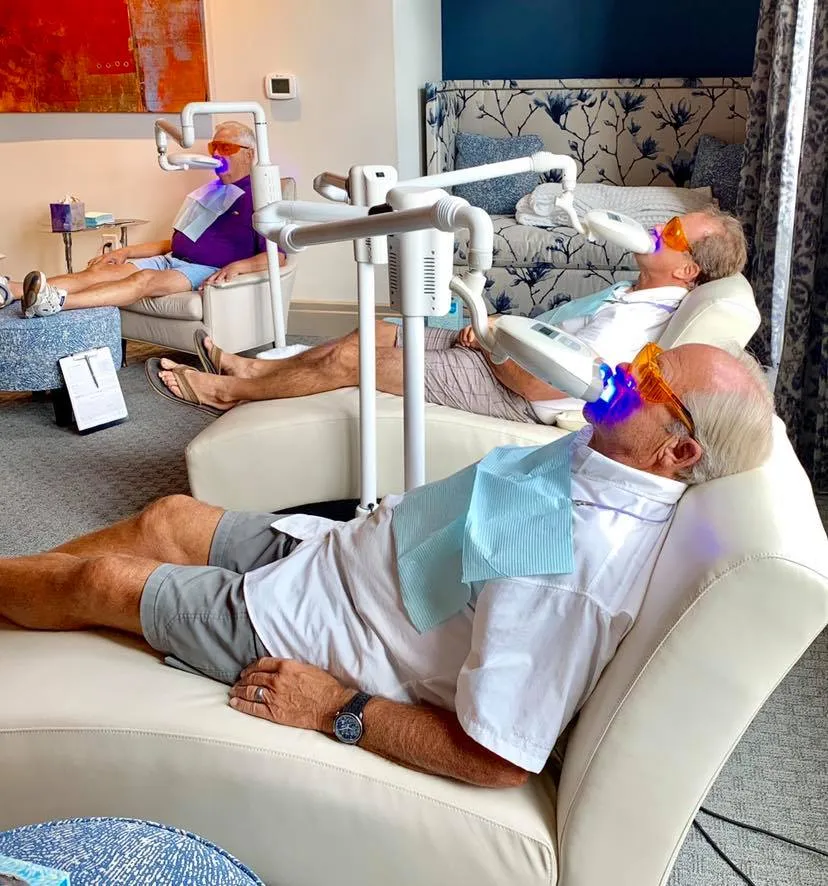
Effective marketing and client retention strategies are essential for building a thriving teeth whitening practice. Implement an online presence through a website and social media platforms to showcase your services and attract new clients. Use search engine optimization (SEO) techniques to ensure your practice appears high in search results. Consider offering promotions or discounts to attract new customers and retain existing ones. Encourage patient referrals by offering incentives and rewards. Maintain regular contact with your patients through email marketing or newsletters to keep them informed about new services and promotions. Focus on building long-term relationships with your patients by providing excellent service and personalized care. Providing follow-up care is another aspect of retention. By combining effective marketing with exceptional customer service, you can build a loyal client base and ensure the long-term success of your practice.
Providing Excellent Customer Service
Exceptional customer service is the cornerstone of a successful teeth whitening practice. Greet patients warmly, and make them feel comfortable and valued from the moment they enter your practice. Provide a personalized experience by taking the time to listen to their needs and concerns. Offer clear and concise explanations about the whitening process, and address any questions or worries. Follow up with patients after their treatment to ensure their satisfaction and address any follow-up needs. Encourage feedback and use it to improve your services and enhance the patient experience. Going above and beyond to provide excellent customer service sets your practice apart. By making each patient feel valued and cared for, you build trust, encourage loyalty, and foster a positive reputation. A commitment to excellence in customer service will attract and retain clients, creating a flourishing teeth whitening practice.
In conclusion, the path to becoming a successful teeth whitening technician is paved with a commitment to understanding client needs, mastering techniques, choosing the right products, ensuring patient comfort, promoting proper aftercare, staying updated on industry trends, and building a thriving practice. By consistently implementing these seven proven secrets, you can not only enhance your technical skills but also cultivate a practice that is both rewarding and respected. Embrace these principles, and you’ll be well on your way to achieving professional excellence and fostering a loyal patient base. By focusing on these core elements, you can deliver exceptional results, building a strong reputation and a fulfilling career in the dynamic world of cosmetic dentistry. Your dedication to providing high-quality care and exceptional customer service will set you apart and ensure your long-term success in this rewarding field.
